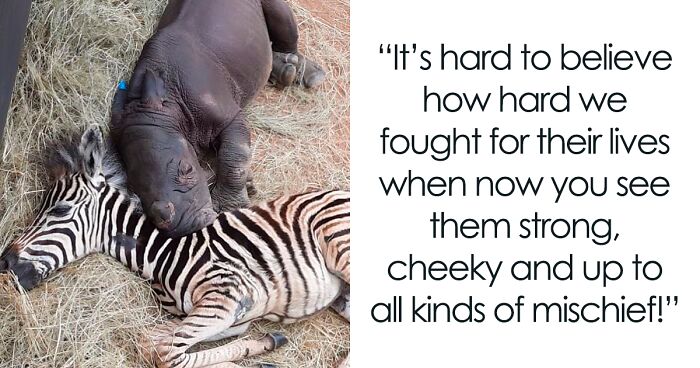
Orphan Rhino Sanctuary Finds An Abandoned Zebra And Takes It Under Their Care, Gifting A Best Friend To One Of The Rhinos There
What did the elephant say in the middle of telling a story? Never mind, I realize this is irrelephant. But I can’t say the same about the friendship that defines this story. An unlikely pair – a baby rhino and a baby zebra – found each other in a time of need and were able to provide the comfort and companionship they both so desperately desired.
Although the reason and onset for their friendship is one that pulls at the heartstrings, it is nice to see a silver lining shine as brightly as this. We are going to look into some gruesome realities that these animals had to experience, as it’s an important bit of context, though, I do apologize if it’s too much.
Make sure to leave your thoughts in the comments below and without further ado, let’s get into the story!
More info: Instagram
An unlikely friendship started between a baby zebra and a baby rhino at Care for Wild Rhino Sanctuary
Image credits: careforwild
A baby rhino and a baby zebra were both found orphaned in the wild, becoming the best of friends in the sanctuary which took them in.
Care for Wild is the largest orphan rhino sanctuary in the world and they aim to rescue, rehabilitate, release and protect the animals that come into their care.
The zebra, named Modjadji, was found abandoned after storms and heavy rain. The workers, despite specializing in rhino care, couldn’t leave it behind
Image credits: careforwild
They first found the zebra in South Africa’s Kruger National Park, one of Africa’s largest reserves, back in November 2021. In an Instagram post, the sanctuary wrote that they’d “received a new baby but a little smaller and stripier than our normal patients.”
After the storms and heavy rains, rangers on patrol in the reserve came across a very young zebra foal laying abandoned and motionless in the wet grass. Estimated to be only a few days old, she was incredibly weak and found it difficult to stand, thus she was admitted to the sanctuary’s Intensive Care Unit (ICU).
Whilst in the sanctuary’s ICU, she met a rhino, named Aquazi, and joined by their wet past, they started forming a friendship
Image credits: careforwild
They named the young zebra Modjadji, meaning ‘rain queen’, a beautiful immortalization of her past.
The poor animal had a lot of ailments to battle but the workers kept a close eye on her, doing what they could to better the state of the zebra.
Day by day, she got her strength back and made a rhino friend along the way, named Aquazi, who was also spending time in the ICU. As unlikely as this friendship could seem, their curiosity got the best of them.
Image credits: careforwild
Image credits: careforwild
A short while after Modjadji was found, the workers came across a baby rhino, so young it still had the umbilical cord attached
Image credits: Care for Wild Rhino Sanctuary
Less than a month later, a baby rhino was found. Alone and fighting for its life, its still-attached umbilical cord signaled that it must have been less than a day old.
Sanctuary workers wasted no time saving the rhino, rushing it straight to the ICU. The calf was incredibly weak, always having a caregiver by her side to monitor her health, help maintain her temperature and provide food.
Whilst it isn’t clear why the baby was abandoned, the rangers decided to fly her to Care for Wild so that the hyenas would not eat her.
It may not be a coincidence that she was discovered during a horrid week where dozens of rhinos were murdered by poachers in just a few days. It’s a fact that babies are left behind as their mothers perish after their horns are harvested. But we’ll get into the reasons, impacts and means of stopping poaching a little bit later in the article.
Although unclear why it was abandoned, the baby was found during a horrendous week of poaching, where many rhinos lost their lives
Image credits: Care for Wild Rhino Sanctuary
She was named Daisy and she was in a very bad condition, requiring constant observation and care. It wasn’t clear whether she’d make it
Image credits: careforwild
The baby rhino was named Daisy. The sanctuary kept posting updates on its journey, saying that “this tiny, miniature rhino instantly climbed into our hearts. With her oversized feet, droopy lips and hairy ears, she looked prehistoric and yet she was so unbelievably vulnerable.”
Each day passing seemed a miracle to still have Daisy breathing and fighting for life. Little by little, she pulled through and started garnering strength.
Aquazi, the first rhino, got better and left the ICU, Daisy taking his place and Modjadji wasted no time in making another friend
Image credits: careforwild
After Aquazi left the ICU, Modjadji turned to befriending Daisy, the two quickly becoming inseparable friends. The zebra offered the rhino a lot of comfort, the sanctuary noting the gentleness and care Modjadji exhibited.
The workers told Newsweek that “Modjadji is amazing company for Daisy and very affectionate towards her. She is a friend that can be with her 24/7 and this in turn helps to prevent too much human contact with Daisy.”
Despite the multiple dips in Daisy’s health, she pulled through, beating any and all odds and recently celebrating 4 months. She couldn’t have done it without all the caregivers and, of course, her best friend.
The zebra offered a lot of comfort and company to Daisy and, soon, she began beating all odds
Image credits: careforwild
She celebrated her first month and, more recently, her fourth month, steadily growing into a beautiful rhino
Image credits: careforwild
Their friendship cannot be understated, each baby offering the other a much-needed friend after what they’d gone through
Image credits: careforwild
The pair had become quite playful and mischievous, finding the milk preparation station and giving a worker some grief
Image credits: careforwild
The pair had become quite playful and mischievous, Modjadji trying to teach Daisy how to graze or showing her where the milk is prepared.
Regardless of their little shenanigans, their caregivers rejoice in their friendship, saying that “it’s hard to believe how hard we fought for their lives when now you see them strong, cheeky and up to all kinds of mischief!”
Modjadji also tried teaching Daisy how to graze the green, delicious grass, but Daisy still has a ways to go in mastering the art
Image credits: careforwild
There will come a time when the zebra and the rhino are old enough to be released into the wild, but that day is still very far away
Image credits: careforwild
At the time, Daisy wasn’t able to play or interact with other rhinos too much, because she was simply too weak for their boisterous and rough behavior.
But as she continues to grow, the sanctuary believes that she will eventually join the other orphaned rhinos and Modjadji will return to a herd of zebras.
Regardless of their potential separation in the future, their unique friendship will always be a vital part of their rehabilitation journey. But that future is a long way away, as baby rhinos drink milk until they’re around 17 months old. Daisy won’t enter the rewilding program until she’s at least 3 years old, so we’ll have lots of beautiful moments of their friendship to enjoy.
In the meantime, we can continue to enjoy their friendship and observe their lives together
Image credits: careforwild
However, one cannot look past the reasons for their stay at the sanctuary and one of them is poaching – the illegal killing of animals
Image credits: careforwild
However, I’d like to address the elephant in the room, and that is the topic of poaching. Poaching is the illegal killing of animals that are claimed to be endangered or are prohibited from being hunted otherwise. It happens most often because of the valuable elements animals possess, such as killing elephants for ivory, tigers for their skins and bones, and rhinos for their horns.
According to Care for Wild, the illegal rhino horn trade catapulted the status of the white rhino to ‘Near Threatened’ and the black rhino to ‘Critically Endangered’, many of the incidents leaving behind defenseless young calves with no skills in self-preservation.
Wildlife veterinarian William Fowlds told Newsweek that “the run-up to Christmas has historically been a time of year when poaching spiked,” yet the increase in incidents is both shocking and concerning. He continued to say that the knock-on effect for the rhino population is truly disturbing, as “for every rhino we lose, we lose the future generations that rhino would have helped to create.”
The demand for rhino horns comes from outdated medicinal practices as well as becoming a symbol of wealth in Asian countries
Image credits: careforwild
The demand for rhino horns is both vain and misinformed, coming mostly from Asian countries, such as China and Vietnam.
According to the International Anti-Poaching Foundation (IAPF), the horn is often used in traditional Chinese medicine, in the hopes of treating gout, rheumatism, fever, headaches, vomiting, food poisoning and typhoid. To use it, the horn is ground into a fine powder or shaved into slivers and then dissolved in boiling water and consumed.
While there’s no evidence that rhino horn has medicinal properties, many people believe it does and that drives the demand. The medical use of rhino horn has been illegal since 1993, but it’s clearly not stopped anything, especially as the rhino horn has become a symbol of wealth, therefore being used as a souvenir at the cost of a life.
What can you do to stop poaching? Spread awareness of the issue, sign petitions and support organizations aiming to protect them
Image credits: careforwild
WWF has stated that poaching gangs use increasingly sophisticated methods, including helicopters and night vision equipment to track rhinos, and veterinary drugs to knock them out. This means countries and conservationists need to match this level of technology to be able to tackle the problem, alongside working to reduce demand.
Other ways to help stop poaching are to sign petitions, create awareness of the issue and look for organizations dedicated to protecting these animals and supporting them. The link as to where to help Care for Wild, the home of Daisy and Modjadji, will be here, if you’d like to donate. They also have a wish list for the items they’re needing.
We continue to hope for the best and follow the life journeys of Modjadji, Daisy, and every other animal that comes into Care for Wild sanctuary
Image credits: careforwild
We can only be grateful for the sanctuaries that are protecting innocent animals against an untimely demise and we hope to reach a day where poaching of all animals for outdated or useless reasons is a thing of the past.
For now, we continue to follow Modjadji’s and Daisy’s lives, enjoying their little adventures and the joy they bring to everyone around them.
Let us know what you thought of this story and have a great day!
55Kviews
Share on FacebookExplore more of these tags
They are both so precious. I just don't understand why they can't get more stringent laws in place for the poachers and even the sellers of the products after the fact. Airports checking people more closely for smuggling into those countries. Penalties against the countries that are not actively participating in pressing criminal charges against people who provide substances made with rhino horns and putting a stop to it being brought into their country and sold. You have to hit them where it hurts to make them care. It just seems ridiculous that essentially one culture/ethnicity are responsible for them being wiped from the face of the earth, by turning them into outdated medical practices and status symbols. It's heartbreaking.
The thing that really gets me is the incredible selfishness of this, what I might call human exceptionalism on display - where treating your gout (which is, generally speaking, very treatable with modern medicine. My grandpa has it) is more important than the life of another species, and particularly a mother of that species. I honestly don't know what the counterargument to that would be.
Load More Replies...They are both so precious. I just don't understand why they can't get more stringent laws in place for the poachers and even the sellers of the products after the fact. Airports checking people more closely for smuggling into those countries. Penalties against the countries that are not actively participating in pressing criminal charges against people who provide substances made with rhino horns and putting a stop to it being brought into their country and sold. You have to hit them where it hurts to make them care. It just seems ridiculous that essentially one culture/ethnicity are responsible for them being wiped from the face of the earth, by turning them into outdated medical practices and status symbols. It's heartbreaking.
The thing that really gets me is the incredible selfishness of this, what I might call human exceptionalism on display - where treating your gout (which is, generally speaking, very treatable with modern medicine. My grandpa has it) is more important than the life of another species, and particularly a mother of that species. I honestly don't know what the counterargument to that would be.
Load More Replies...
 Dark Mode
Dark Mode 

 No fees, cancel anytime
No fees, cancel anytime 






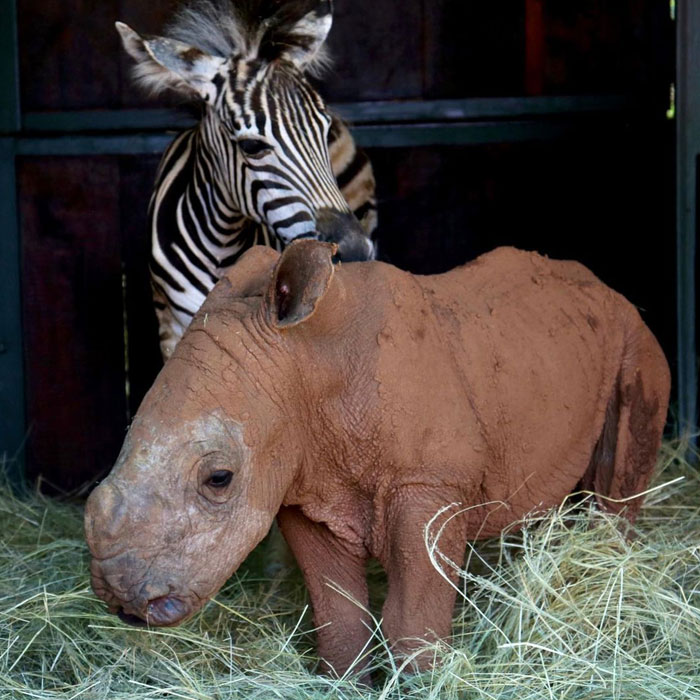
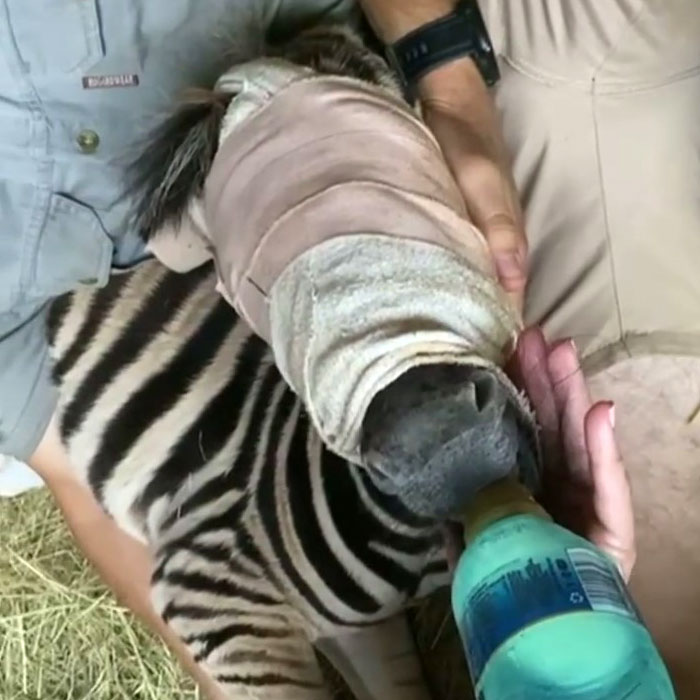
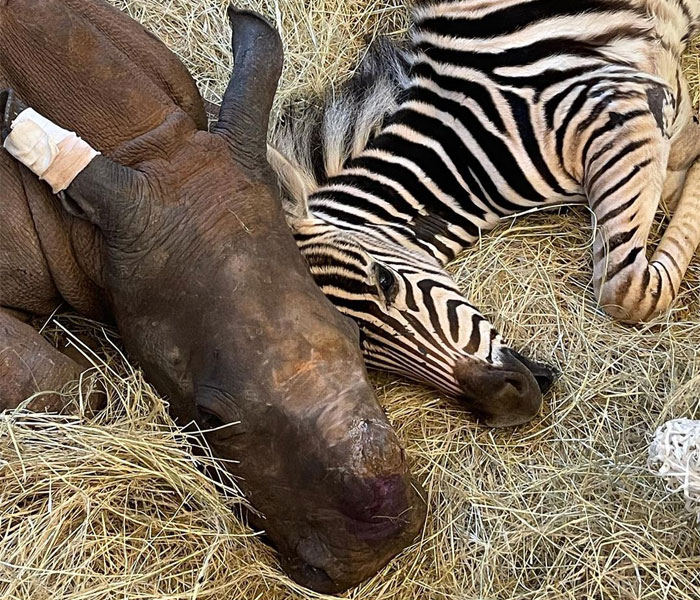
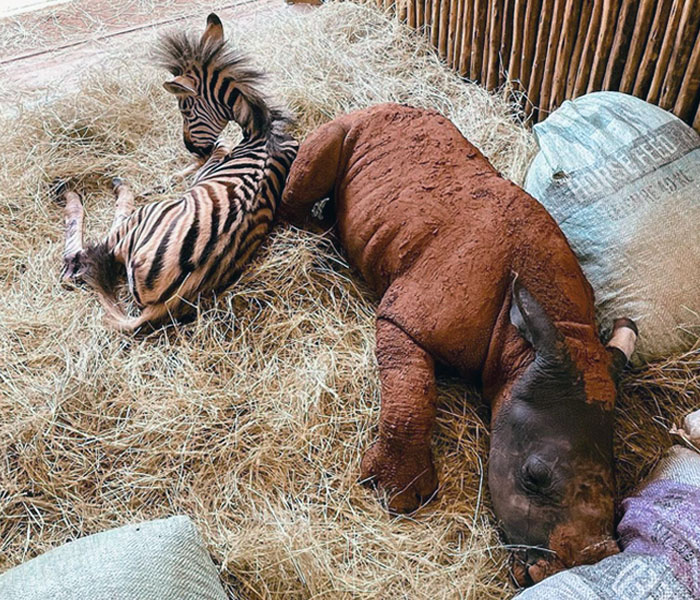
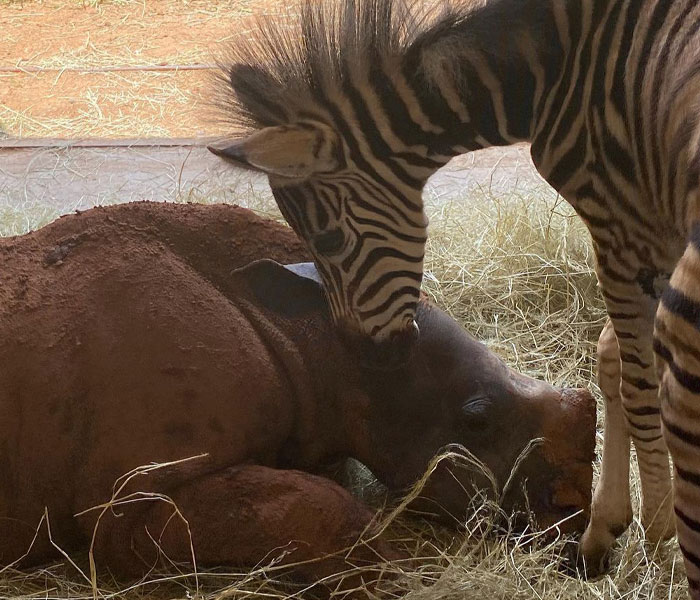
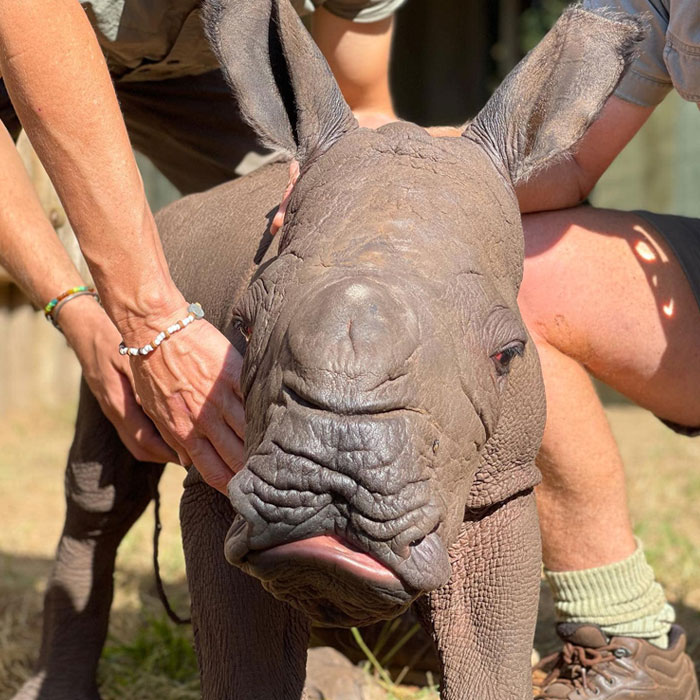
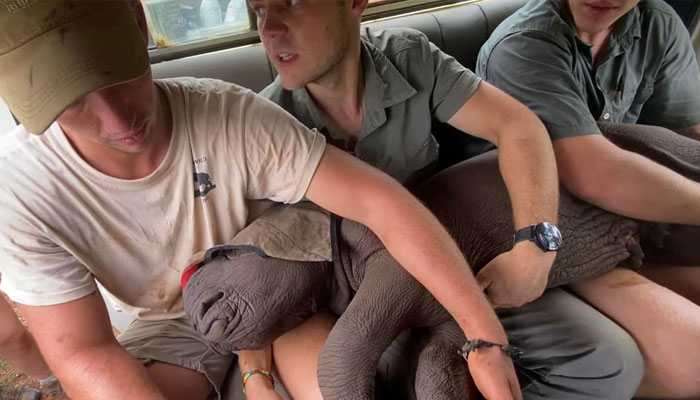
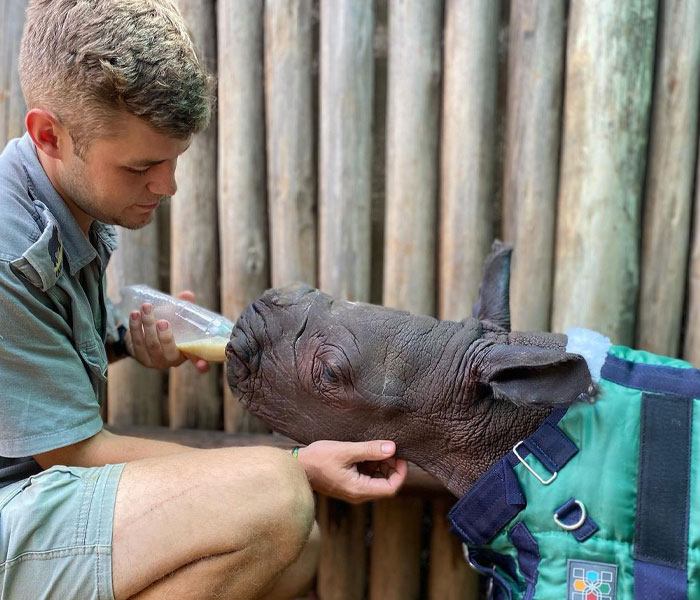
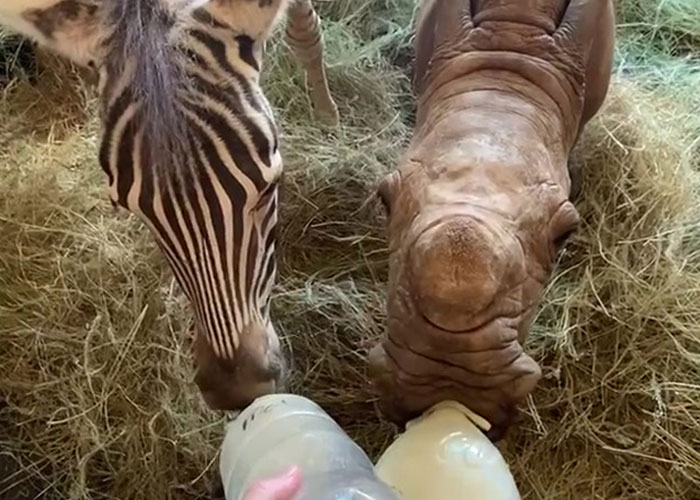
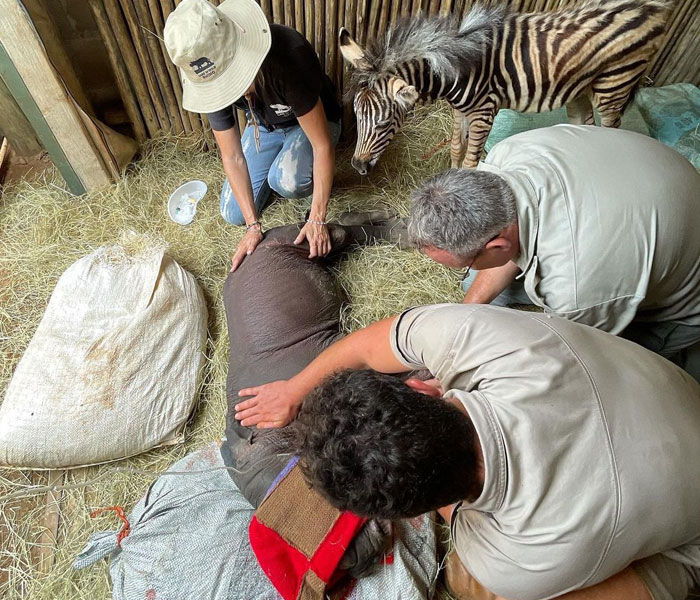
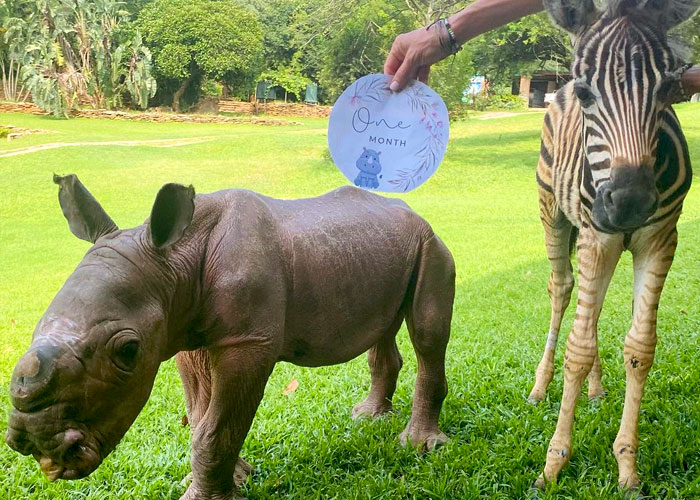
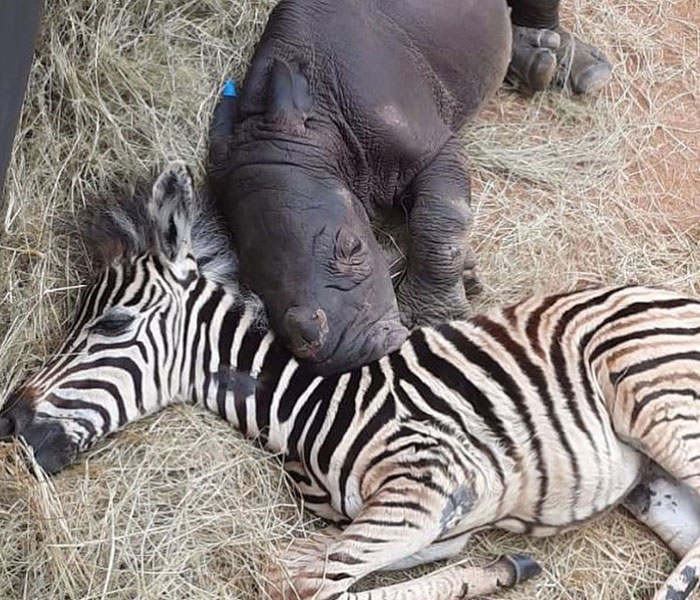
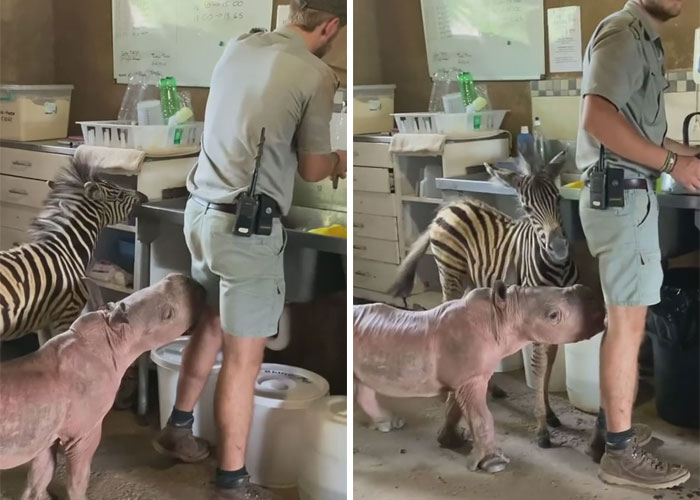
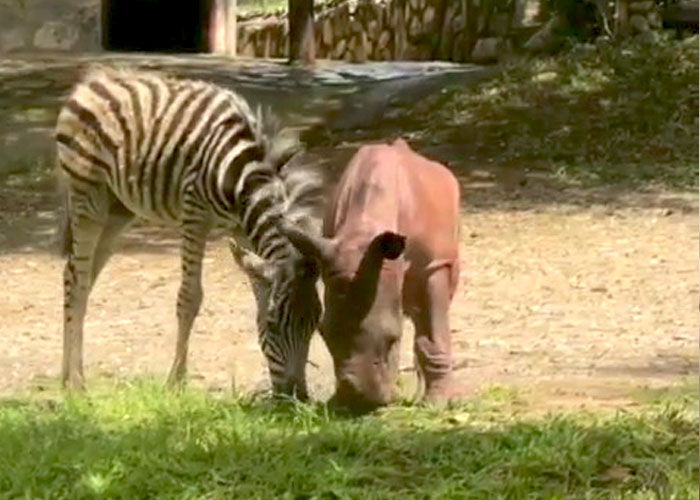
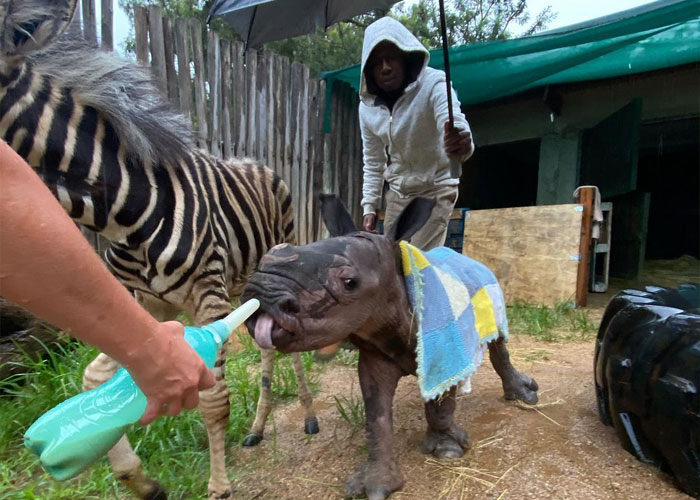
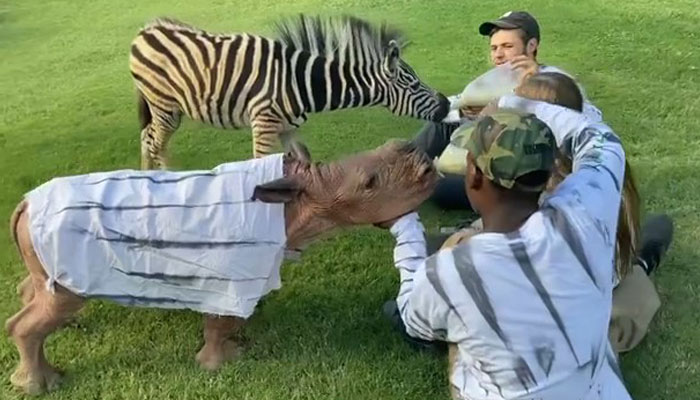
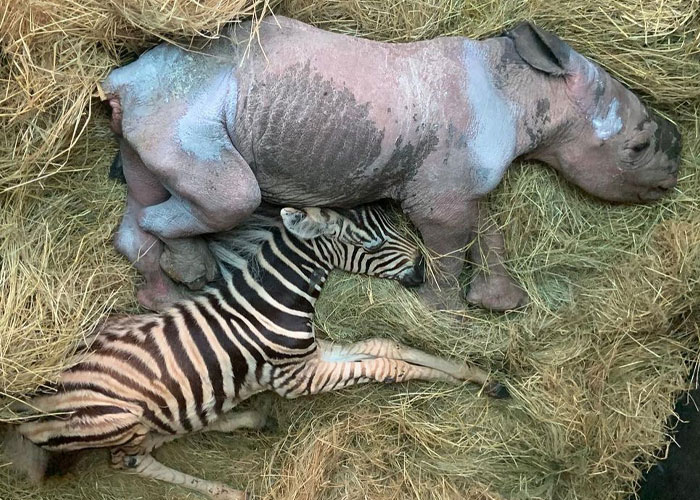
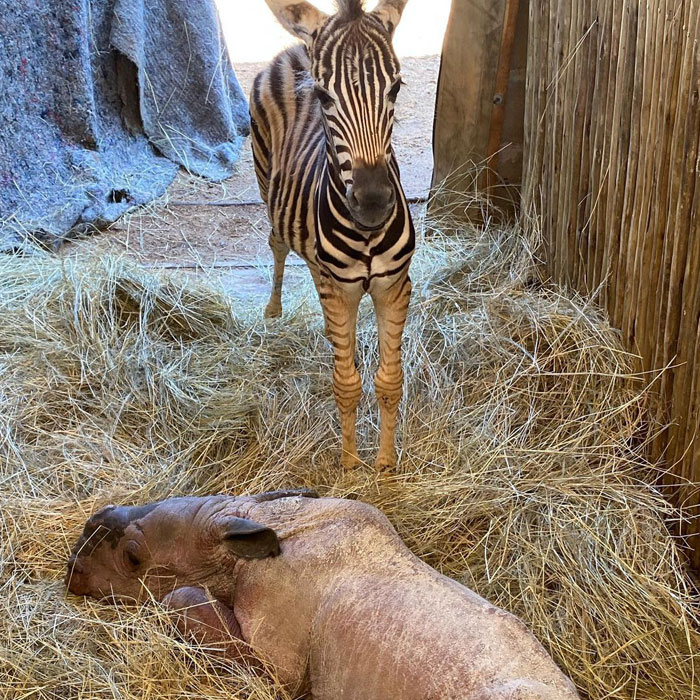
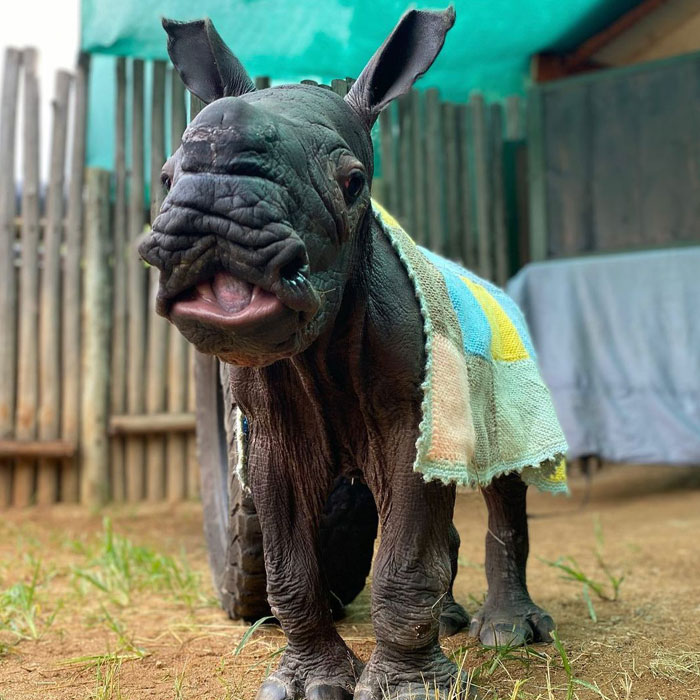
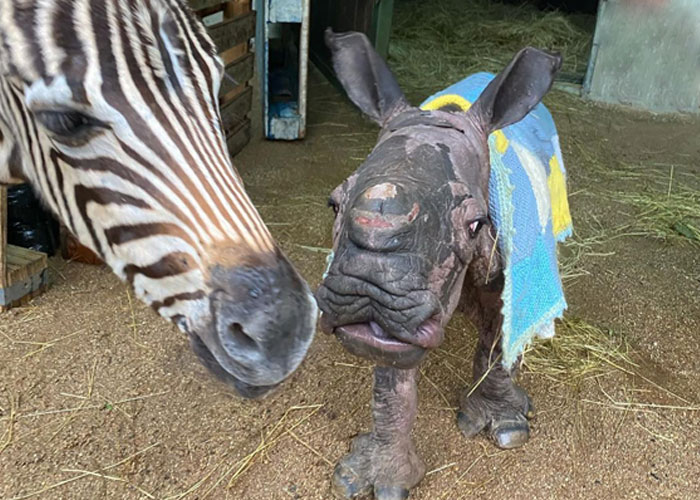










































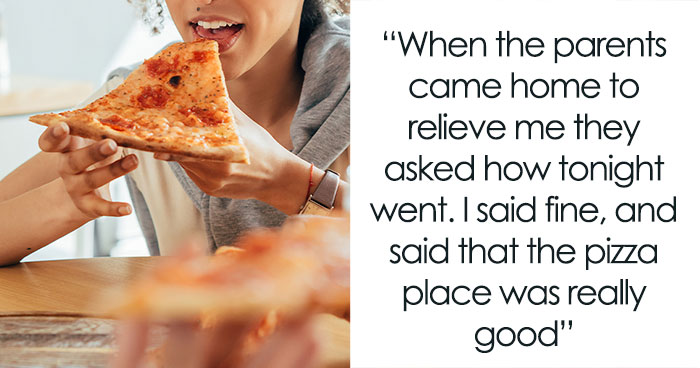
167
9